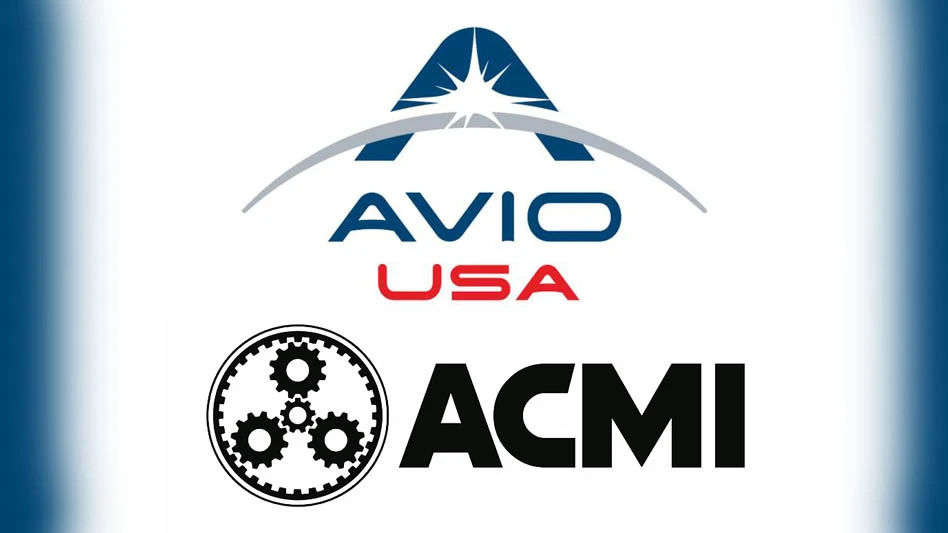
Frost
Frost & Sullivan's recent analysis of the global aviation Satcom market finds that it is poised for improved flight operations and connectivity as a result of increased investment in in-flight entertainment. This will improve the passenger experience, enhance safety, and increase the efficiency of flight operations. Catalyzed by the aviation market's shift toward more connected and smart aircraft, the market, comprising of the cockpit segment, cabin segment, and in-flight entertainment and connectivity (IFEC), is estimated to reach $730.4 million by 2030 from $527.2 million in 2020, at a 3.3% compound annual growth rate (CAGR). However, due to the impact of COVID-19, the industry will likely witness incremental growth through 2023. Air travel is expected to return to pre-pandemic numbers by 2024, and the demand for aviation Satcom will inflate steadily throughout the forecast period.
Asia-Pacific (APAC) will generate the highest revenue for the market over the forecast period. The growth is primarily attributed to China and India, where the demand for domestic travel is high. Similarly, North America will be the second-biggest revenue contributor because most full-service carriers in the U.S. provide premium services. In Europe and the Middle East, most of the demand is from the international market; the demand for Satcom is for long-haul flights.
"The cockpit segment will lead the overall market as it will be driven by the automation of data collection to monitor aircraft health in real time," said Waseem Ahmed Khan, Industry Analyst, Aerospace & Defense Practice, Frost & Sullivan. "In addition, airlines' move to provide the latest digital services to enhance their passengers' experience will inflate the demand for cabin Satcom and IFEC."
To tap into the growth prospects created by the digitalization of airlines, Satcom market participants should:
• Offer hardware solutions suitable for low earth orbit (LEO) capacities: Satellite operators must develop smaller and cheaper hardware for the Satcom service portfolio by partnering with multiple hardware developers.
• Launch new satellites to provide seamless connectivity: Vendors need to determine which satellite mission can be launched from their end to offer seamless global connectivity to airlines.
• Partner with LEO satellite operators to provide low-cost capacity to airlines: Geosynchronous equatorial orbit (GEO) satellite operators should partner with LEO satellite operators to offer cheaper services and enhance existing capabilities.
• Enhance the passenger experience by providing live content: Satellite operators should partner with live TV channel providers to stream their content onboard the aircraft.
Global Aviation Satcom Growth Opportunities is part of Frost & Sullivan's Global Aerospace & Defense Growth Partnership Service program.
Latest from Aerospace Manufacturing and Design
- Ulbrich Stainless Steels & Special Metals acquires two ATI operations
- Abaco Systems' SBC3215 high-performance, rugged single-board computer
- IMTS 2024 Booth Tour: Hurco
- Soracle to bring AAM services to Japan with Archer eVTOLs
- Veterans Day
- Carter Manufacturing's bearings for ultra-high vacuum applications
- IMTS 2024 Booth Tour: Greenleaf Corporation
- Register now for November’s Manufacturing Lunch + Learn!





